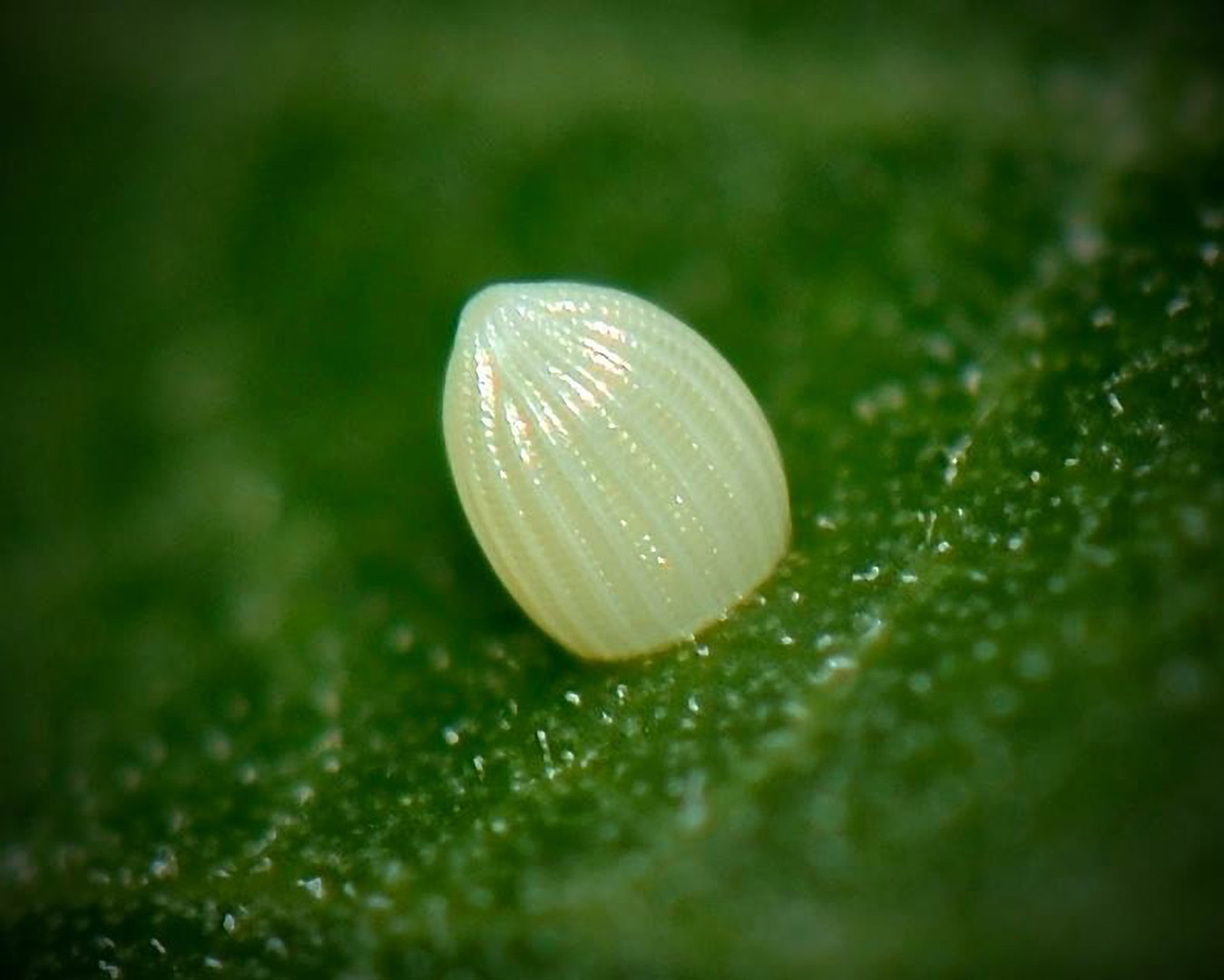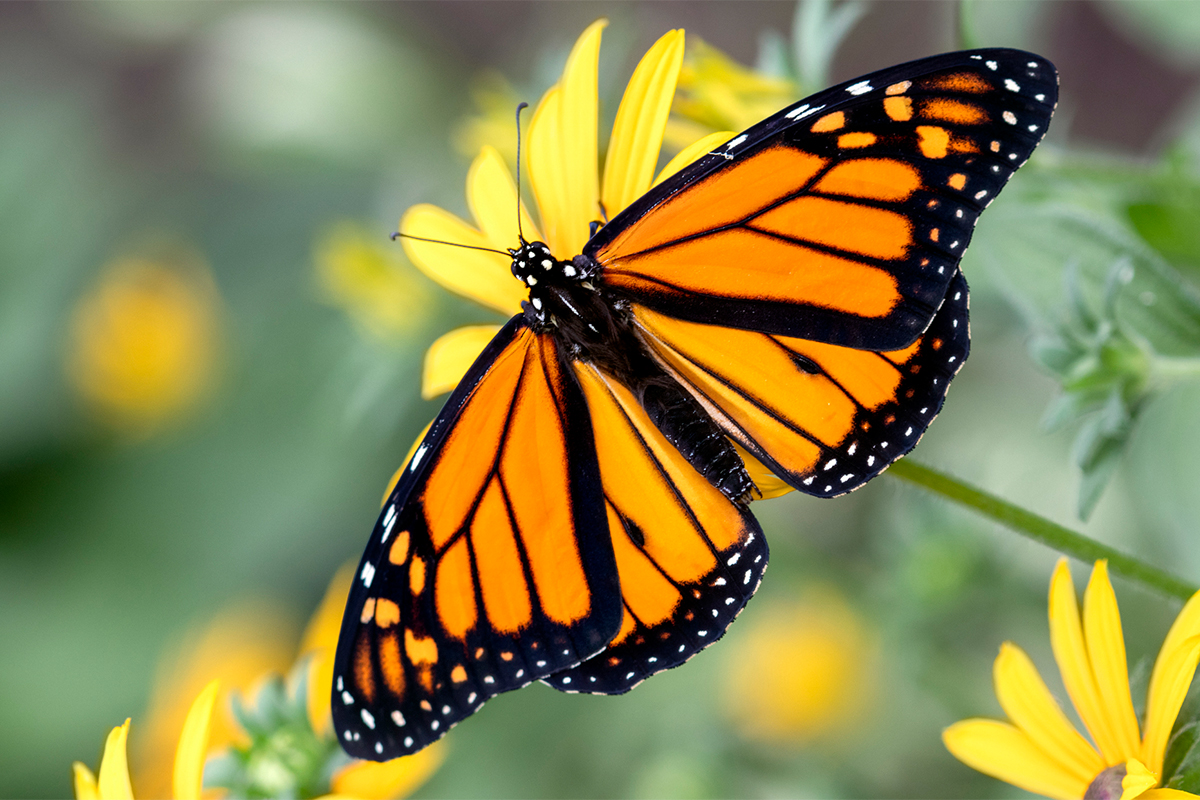



Every year, monarch butterflies migrate between 1,200 and 2,800 miles or more from the northeast United States and Southeast Canada to central Mexico, where they find the right climate to hibernate from November to mid-March. The scientific name for monarch butterflies is Danaus Plexippus, which means "sleepy transformation" in Greek. The name refers to their ability to hibernate and metamorphize. Adult monarch butterflies have two pairs of bright orange wings, with black veins and white spots on the edges. Males, who have black dots along the veins of their wings, are slighty larger than females. Adult butterflies only live for about four or five weeks.


The endangerement status for Monarch Butterflies is endangered. Climate change threatens to disrupt their migration pattern by affecting weather conditions in wintering and summer breeding grounds. A report by the World Wildlife Fund (WWF) in 2013 showed that the number of butterflies in Mexico was at its lowest in 20 years. Abnormal patterns of drought and rainfall in U.S. and Canada breeding sites may have caused adult butterfly deaths and less food for caterpillars. In the winter, monarchs need mountain forests in Mexico, but humans also rely on them and create pressure on forests with agriculture and tourism. In the U.S., herbicide use is decreasing the availability of milkweed, their primary food source.
WWF is working to preserve butterfly habitats in Mexico by working with the Mexican government, local communities and others to promote good forest management and sustainable tourism. WWF also supports tree nurseries that help restore forests. In the United States, they work with environmental organizations to help farmers increase biodiversity on their land and reduce crop production's effect on our environment.
| Stage Name | Description | Time it Lasts for | Image |
|---|---|---|---|
| Egg | Monarch females usually lay a single egg on a milkweed plant. They are only about the size of a pinhead and are off-white or yellow. | 3-5 days | 
|
| Larva (caterpillar) | During this stage, monarchs do all their growing. They take few breaks from eating, even to rest. As caterpillars grow, they shed their skin. | 9-14 days | 
|
| Pupa (chrysalis) | Before they pupate, monarch butterflies spin a silk mat that they hang upside down from by their last pair of prolegs. As they shed their skin for the last time, they stab a stem into the silk pad to hang. | 8-15 days | 
|
| Adult | The main job of the adult stage is to reproduce. Each year, the final generation of monarchs migrates to overwintering grounds. | 2-5 weeks | 
|